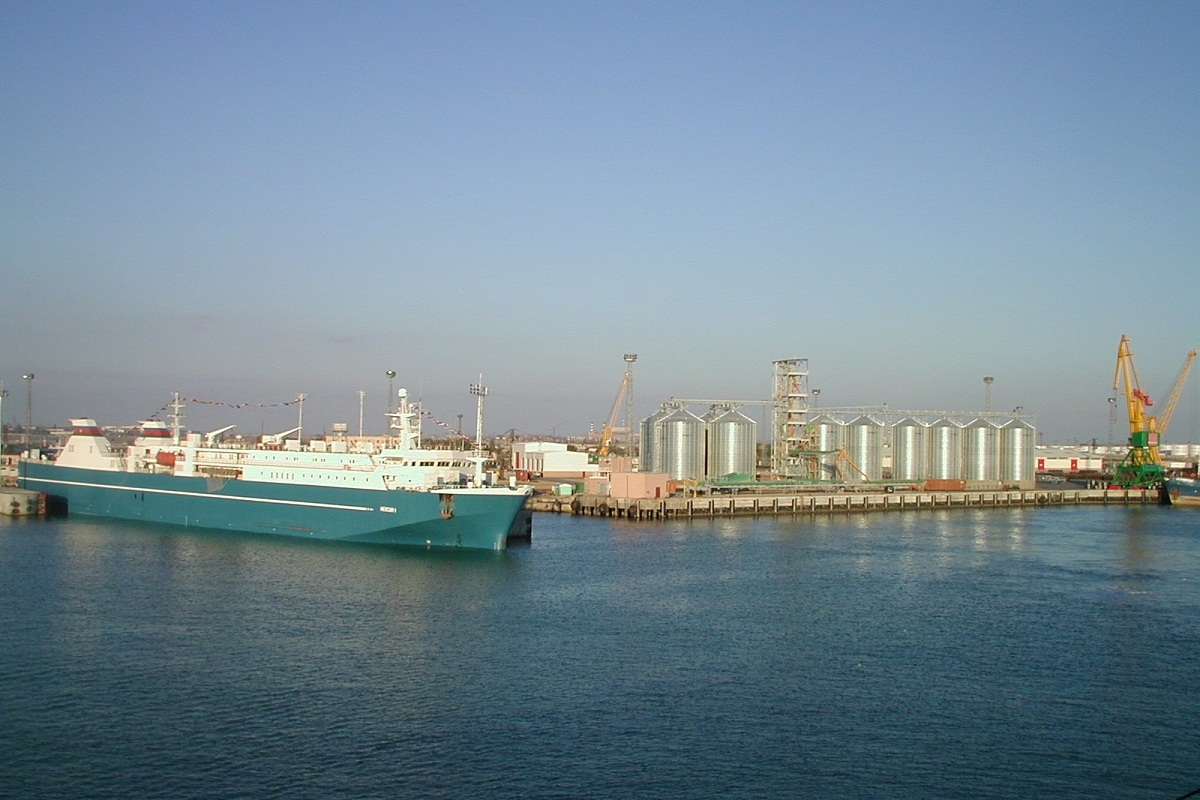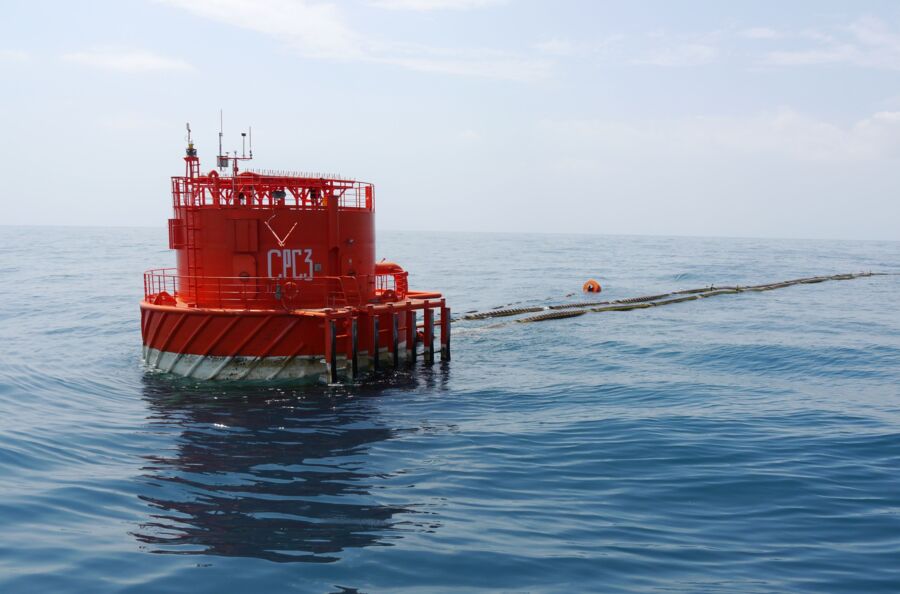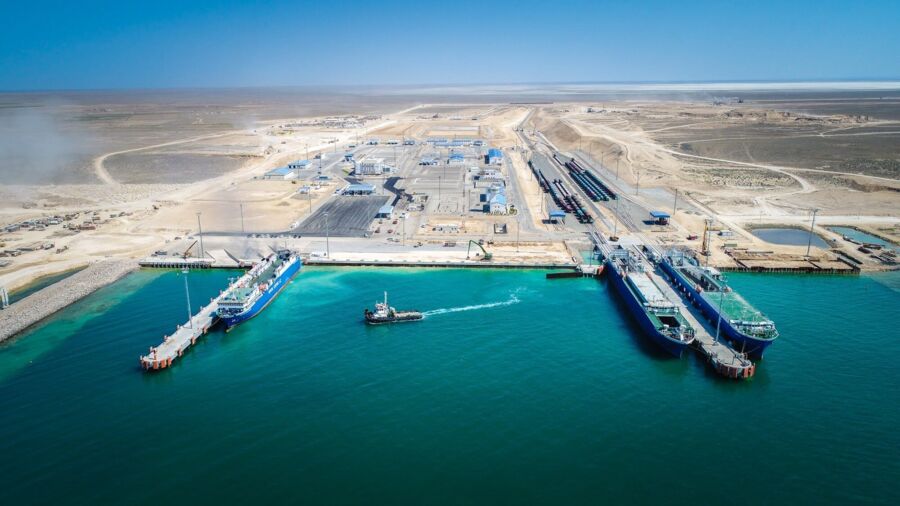Against the backdrop of the ongoing war in Ukraine, Kazakhstan’s government is fretting about finding alternative routes for the export of its oil through routes that bypass Russia, but the task is proving hardly feasible.
On March 7, energy minister Bolat Akchulakov said that in the next few years Kazakhstan plans to build an oil pipeline to the Caspian seashore, possibly to the sea ports of Kuryk or Aktau, and increase its oil shipments via tanker.
A Bloomberg article summarized Akchulakov’s plan as follows: “Kazakhstan is planning a new pipeline that would take its crude to the Caspian Sea for export. But developing such a project could take five years and would also require a new fleet of oil tankers,” the minister said at a panel.
Akchulakov spoke at CERAWeek, an oil and gas-focused conference organized by the financial information conglomerate S&P Global in Houston, Texas. The minister said the project would contribute to diversifying export routes for Kazakhstan’s oil.
Until said project is complete, however, Kazakhstan’s oil will continue to flow through the existing pipeline routes to and through Russia and to China.
The project is far more modest than the buoyant plans for a trans-Caspian pipeline that were touted two decades ago.
According to Benjamin Godwin, associate director at PRISM, a political risk consultancy, a trans-Caspian oil pipeline (TCOP) is highly unlikely.
“There are zero chances that a TCOP [could be built] at any point, because Russia and Iran would oppose it. [Kazakhstan] would not be able to obtain financing for it, as the risks are too high,” Godwin told Vlast.
Thus, in terms of scale and quantities, the timid plan of an onshore pipeline to a Caspian port fails to match the seemingly pompous announcement in Houston.
CPC Remains Key
Around 52 million tons (mt) of Kazakhstan’s oil exports in 2022 were pumped through the Caspian Pipeline Consortium (CPC), an international pipeline that links the Tengiz oil field in the Atyrau region with the Russian port of Novorossiysk, where it is loaded onto tankers and sold across the Black and Mediterranean Seas.
Chris Tooke, director for political risk at J.S. Held, said dependency on infrastructure going through Russia will continue for the foreseeable future.
“There’s an awkward irony in the fact that, even if major steps towards constructing this new infrastructure started tomorrow, in the long interim period, Kazakhstan’s actually planning to increase its dependence – in volume terms – on pipeline routes via Russia (that is, CPC and Druzhba),” Tooke told Vlast in an email.
Druzhba is a Soviet-era pipeline pumping oil from Russia’s Volga region to the German border. Akchulakov said late last year that Kazakhstan plans to increase exports through this route and sent a first trial batch of 20,000 tons on February 27. The volumes booked through Druzhba would allow Germany to import non-Russian oil via the pipeline, thus avoiding breaching the EU sanctions regime. Yet, these volumes are marginal both for Kazakhstan’s export mix and for the total demand at Germany’s refineries.
Russia could still choke Kazakhstan’s main export routes, should it need to assert its geopolitical stance, according to Tooke.
“For the time being, Russia will continue to have strong leverage over Kazakhstan through its ability to disrupt key export routes – a useful asset for Russia if it wants to ‘remind’ Kazakhstan of its opposition to the new infrastructure project.”
Even for Druzhba, Kazakhstan seems to have little oil available. In October, just as the plans for shipments to Germany were being prepared, Akchulakov said “at the moment we don’t have spare quantities. We already pump via the CPC.”
Production Growing, Exports Too
In 2022, local and transnational companies exported 64.3 million tons (mt) of oil, that is 76% of the oil extracted in the country.
In the government’s plans, oil extraction in 2023 would increase to 90.5 mt and oil export volumes to 71 mt, which entails a proportional increase in exports to 78.5% of production.
Last year, Italy imported 27% of Kazakhstan’s total oil exports, followed by the Netherlands (9.4%), South Korea (8.8%), and China (8.2%). In the past couple of years, issues surrounding slowing Chinese demand and quality disputes among state-owned companies affected China’s share in Kazakhstan’s oil exports.
The idea that a pipeline to the Caspian seashore would “diversify” export routes, however, seems more hopeful than concrete. The government, in fact, has yet to clarify the volumes it plans to transport via the seaborne route and the feasibility of this solution, given the limited loading capacity in Azerbaijan, where the Baku-Tbilisi-Ceyhan (BTC) oil pipeline starts. The pipeline, which runs through Georgia and ends at the Ceyhan port in the south of Turkey, has a total capacity of one million barrels per day (which amounts to around 50 mt annually).
Since 2008, Kazakhstan has contributed small volumes of oil to the BTC. In November last year, state-owned oil and gas company Kazmunaigas proposed to increase its shipments to the BTC to 1.5 mt in 2023. At the same time, Akchulakov said the country’s producers could divert around 6 mt annually in the near future.
Notably, the minister had just publicly stated a few weeks before that “we don’t have spare quantities.”
Should a pipeline to the Caspian shoreline be built, the financing of a new fleet of tankers and the existence of a potential choke point in Baku could frustrate the plan for a sustainable, diversified route, said Godwin of PRISM.
“Kazakhstan's tanker capacity would have to increase significantly, and then there would be another bottleneck in Azerbaijan. It’s not clear how you’d get large volumes of oil from Baku into global markets given that Kazakh and Azeri oil are of different blends,” Godwin told Vlast.
CPC, which has expanded thanks to a massive $37 billion investment, is likely to remain the key export vector for Kazakhstan’s oil. Vlast reached out to CPC for a comment on potential competition from a new pipeline to the Caspian shore, but did not receive an answer.
The offshore Kashagan field, one of Kazakhstan’s largest, said it gave the rights to pipeline monopolist KazTransOil to export a trial batch of 7,000 tons through the port of Aktau to Baku. The trial run was pushed by Japan’s Inpex, a shareholder in the North Caspian Operating Company that extracts oil at Kashagan.
This decision could be part of a hedging strategy to ensure that oil shipments from Kazakhstan would suffer less dramatic interruptions should the CPC be affected by geopolitical externalities. On March 14, German lender Deutsche Bank reported it had stopped working with the Russian company controlling the CPC since October 2022.
By the end of 2024, however, Kazakhstan’s government expects to take advantage of an expanded CPC capacity of 72 mt. That would be enough to transport all of Kazakhstan’s oil exports and would make any alternative route – be it an increased contribution to Druzhba or a better seaborne connection through the Caspian Sea – a drop in the ocean.
Поддержите журналистику, которой доверяют.










